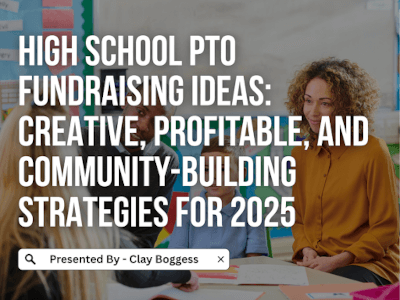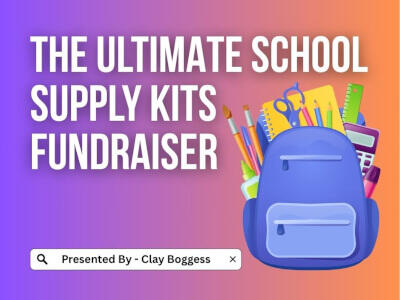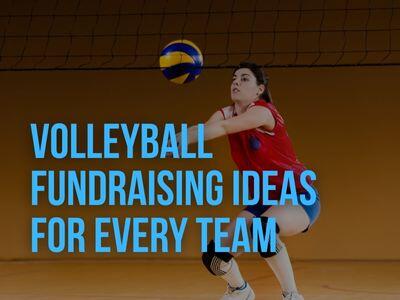
How to turn your high school sale into a big success.
No one wants to waste their time with an unproductive fundraiser, especially since raising money is something that most people don’t enjoy having to do. And to top it off, high school students can be one of the most challenging age groups to influence when it comes to selling.
No sponsor initially intends for their group to fall short, but the reality is that many will. Why is that? Perhaps it’s due to a lack of proper planning, or they have false confidence that a product will sell itself. Unfortunately, there’s little getting around why sponsors must spend more time understanding what motivates their students.
So here are two tactics that sponsors can employ that will work to help improve sales.
1. Peer Pressure Fundraising
It’s a given that high school students succumb to peer pressure. Everyone has a solid desire to fit in, and no one wants to be left out. When people hear the term ‘peer pressure’, they usually associate it with something negative. In this context, however, it’s not. Peer pressure fundraising is a strategy that helps to ensure that everyone works together to reach a predetermined goal.
For example, athletes associated with a team may have to run at the end of practice. The coach may then say that the entire group has to keep running until everyone runs a specified distance under a specific time. Rest assured that nobody wants to be the one who fails to beat the time; otherwise, they let the whole group down.
The same strategy can be applied to a high school fundraiser. Sponsors can either use a positive incentive or a negative consequence to reinforce the idea of making sales. Let’s say that a sponsor wants everyone in the group to sell ten or more items out of their sales brochure. They can then say that as long as everyone reaches the goal, the entire group will get to do something exciting. Or, the group won’t have to perform an unpleasant task.
2. Creating Seller Urgency
If you tell your high school group they have two weeks to sell ten items, how many will wait until the last minute? The number will probably be pretty high. Yet last-minute selling is usually not very effective, so you want to generate a sense of urgency from the start.
So how can you do that? One technique is to reward sellers who reach a specific sales goal after a short period with a special privilege. This is something that can even be rewarded after the first day. The hardest part about selling is getting started. Once the process is underway, you’re much more likely to keep your sale moving.
Another idea is to incorporate a periodic prize drawing. Only those who’ve met a predetermined short-term goal are eligible. In this case, you’re not rewarding everyone who reaches the goal but only one person who gets their name drawn. High school fundraiser sponsors who use our money incentive game usually experience a significant boost in sales.
Author Bio
Clay Boggess has been designing fundraising programs for schools and various nonprofit organizations throughout the US since 1999. He’s helped administrators, teachers, and outside support entities such as PTAs and PTOs raise millions of dollars. Clay is an owner and partner at Big Fundraising Ideas.



